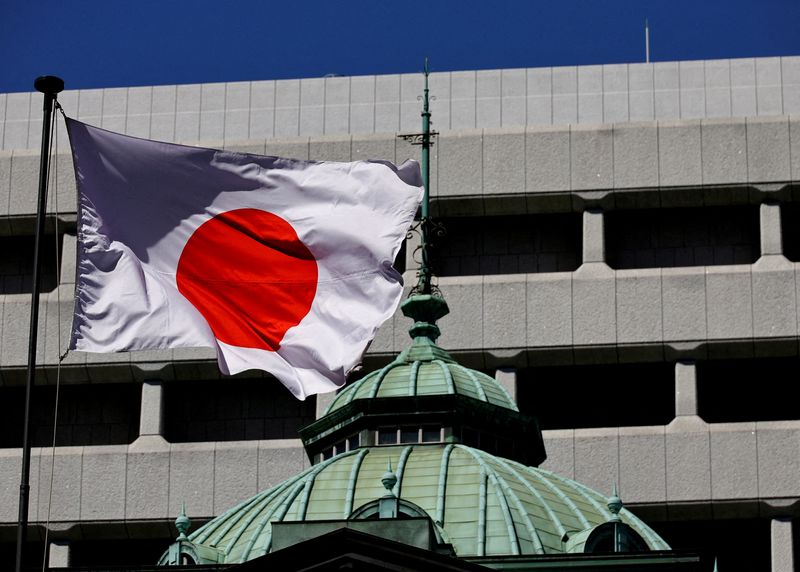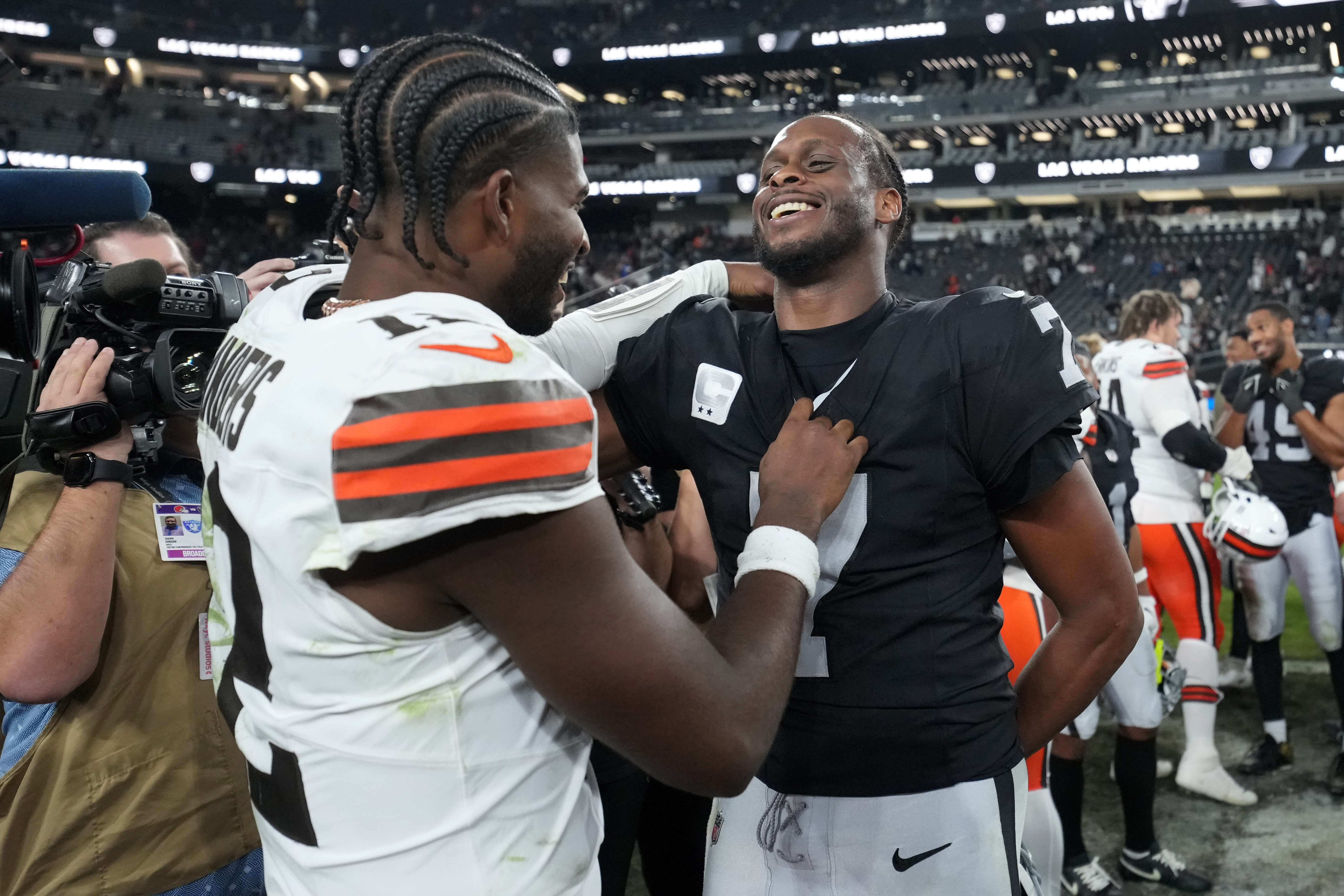When Shams Charania broke the news that Victor Wembanyama would miss weeks with a left calf strain, Pounding The Rock exploded. Within hours, Jeje’s article became one of our most commented features this year (outside game threads), 253 comments and counting, each one more anguished than the last.
The comments weren’t just disappointing, they
were desperate. Some declared Vic injury-prone after one calf strain. Others demanded he change his entire playing style, become more “conservative,” protect his career. Rational? Not particularly. But the intensity was undeniable.
Over the following days, the lamentations kept pouring in. Every new rumor, 2 weeks absence became 6, then 8, triggered fresh waves of anxiety. And as I read through comment after comment, I realized something: these weren’t just basketball takes. They were psychological distress signals.
The anxiety wasn’t baseless. Calf injuries are no joke for NBA players, especially seven-footers. Over the past two years, calf strains have been precursors to Achilles tears for several players, one of the most devastating injuries in basketball. And the Spurs’ notoriously tight-lipped front office wasn’t helping, sharing minimal information while days of absence stretched into weeks of uncertainty.
I’m no different from any other Spurs fan. I lived through the glorious days of David and Timmy, the Big Three championships. I followed the team through purgatory after Kawhi’s exit and endured the hellish tanking years. All because we sensed the opportunity to land a generational talent.
This is why Vic represents more than just our best player. He’s our path to redemption, our return to relevance. We’re not just watching a talented player develop, we’re emotionally invested in our own redemption story, and Vic is the protagonist. When he went down, it wasn’t just his calf that was strained, it was our hope.
These psychological distress signals are often linked to the attachment theory and limerence.
The attachment theory
When Vic went down, something primal kicked in. Star players aren’t just entertainers; they become attachment figures. They provide consistent excellence, which gives us security. They help us regulate our emotions; when the team is struggling, we know he can save it. They create a sense of control in a fundamentally uncontrollable world (try controlling whether a basketball goes through a hoop from your couch).
When our attachment figure is suddenly unavailable, we experience what Bowlby called “separation anxiety”—the same protest, despair, and detachment that children showed when separated from their parents. Go back and read those 253 comments. You’ll see all three stages.
Limerence
Dorothy Tennov coined the term “limerence” in her 1979 book “Love and Limerence”. She interviewed hundreds of people and described it as an involuntary romantic obsession characterized by intrusive thoughts, fear of rejection, and physical symptoms (heart racing, butterflies). Celebrity obsession cases often involve limerence taken to extremes, but even ‘normal’ fans like us exhibit the same patterns, just dialed down a few notches. We start to believe we have a special connection with someone we have never met, we experience intense anxiety about our star player’s actions or health status, and interpret neutral behaviors as meaningful signs.
Here’s where it gets interesting: fans don’t just attach, they limerentize. Here’s a simple checklist. See how many apply to you:
- Intrusive thoughts: Constantly checking injury updates, or any health news
- Fear of rejection: What if Vic never comes back the same? What if his calf strain confirms that 7’4 tall players are injury prone?
- Idealization: We can’t win without Vic. Even when statistics show the team is still competitive. He is our only way to redemption and greatness.
- Physical symptoms: Genuine distress, anxiety, irritability
- Crystallization: Focusing obsessively on specific moments such as Podz’ leg sweep. I have replayed this more than 20 times… and have almost become a Podz’ “hater”.
The crucial point here is that limerence involves uncertainty. The injury creates ambiguity about Vic’s future. Will he return? When? At what level? And this uncertainty intensifies the obsessive quality of the attachment. The Spurs’ secrecy, however well-intentioned, actually makes it worse. Every day without information is another day our minds fill the void with worst-case scenarios.
This could explain why fans become not just disappointed but genuinely emotionally dysregulated, irrational anger at coaches for playing their star player in the last minute of a meaningless loss, desperate “bargaining” on social media, even physical symptoms of distress.
This isn’t just about sports being entertainment. These reactions reveal that:
- Parasocial relationships with athletes fulfill genuine psychological needs.
- Modern fandom creates conditions for attachment bonds that our psychology evolved to form with actual caregivers.
- The injury isn’t just about winning/losing, it’s about emotional security disruption.
But is this healthy? Does it matter if the attachment “isn’t real” if the psychological experience is?
Here’s the uncomfortable truth: I don’t know Victor Wembanyama. I’ve never met him. We have no actual relationship. Yet my entire Spurs fan experience for the past three years has revolved around him. This calf strain is draining me emotionally. I’m torn between the desperate desire to see him back on the court immediately and the fear that rushing him back will re-aggravate the injury, or worse.
This is what attachment and limerence look like in sports fandom. It’s not rational. But it’s real.
So, here’s my question for the PTR community: Am I alone on this island? Or are we all here together, refreshing Twitter at 2 AM, checking for health updates on a player we’ve never met?
















